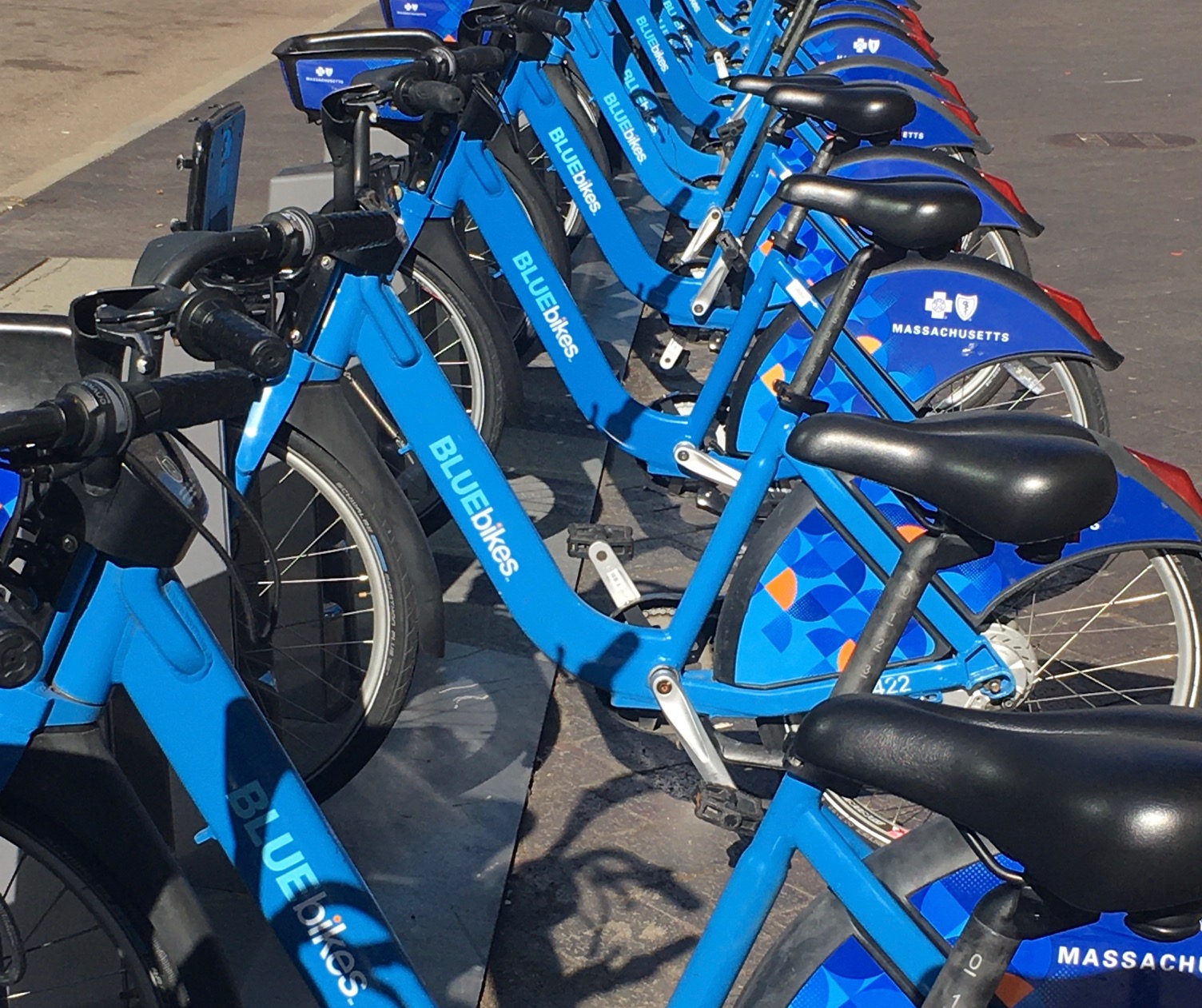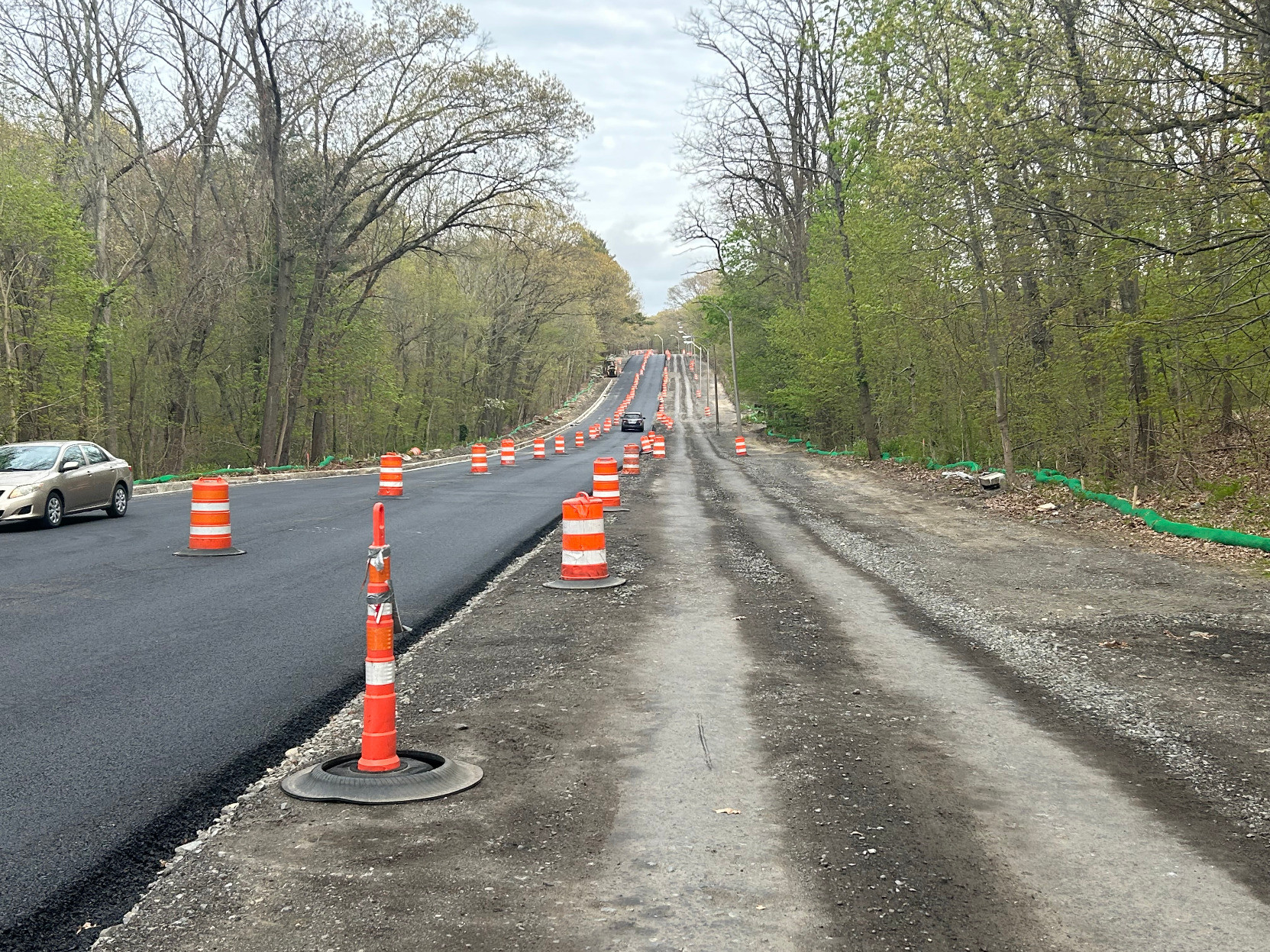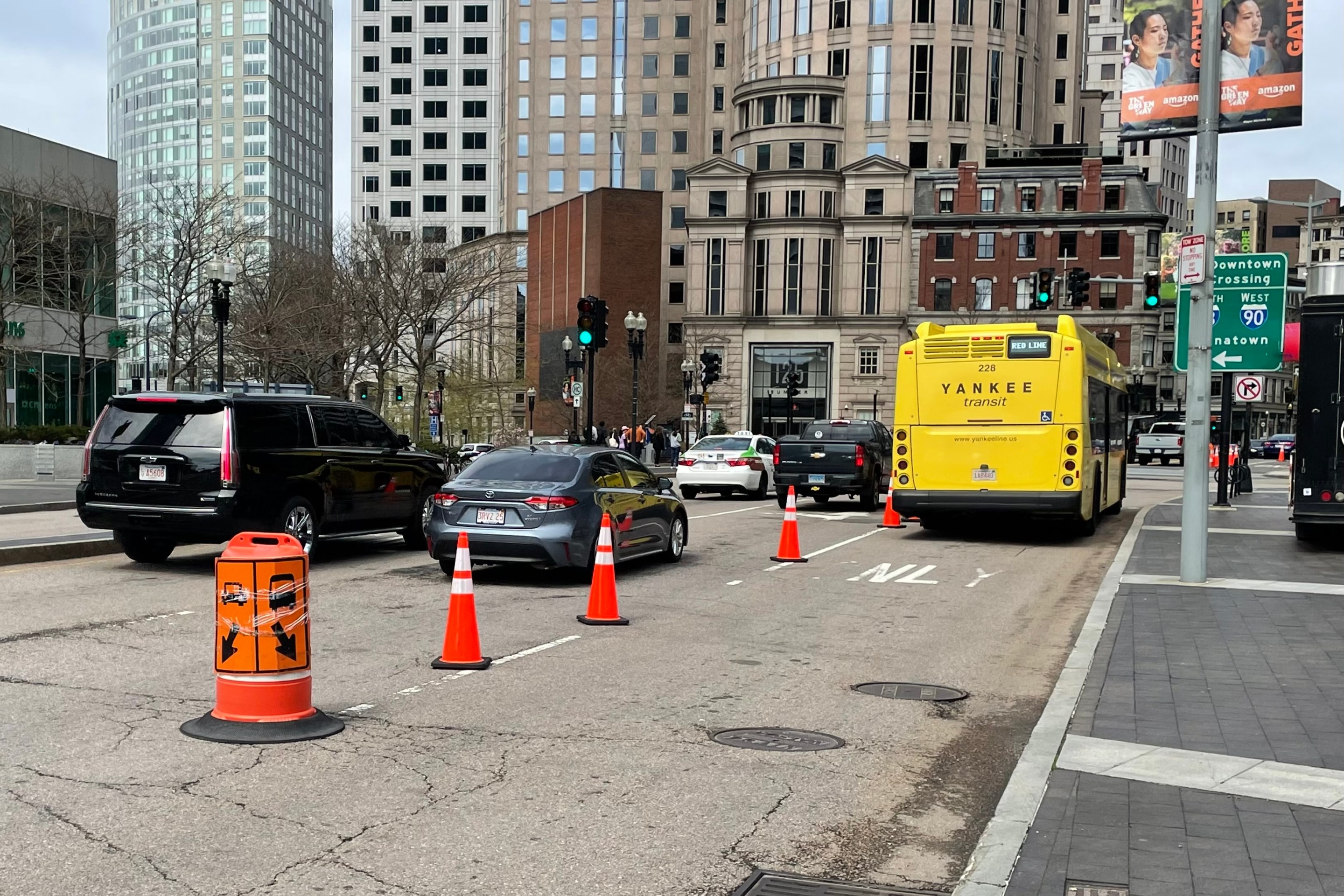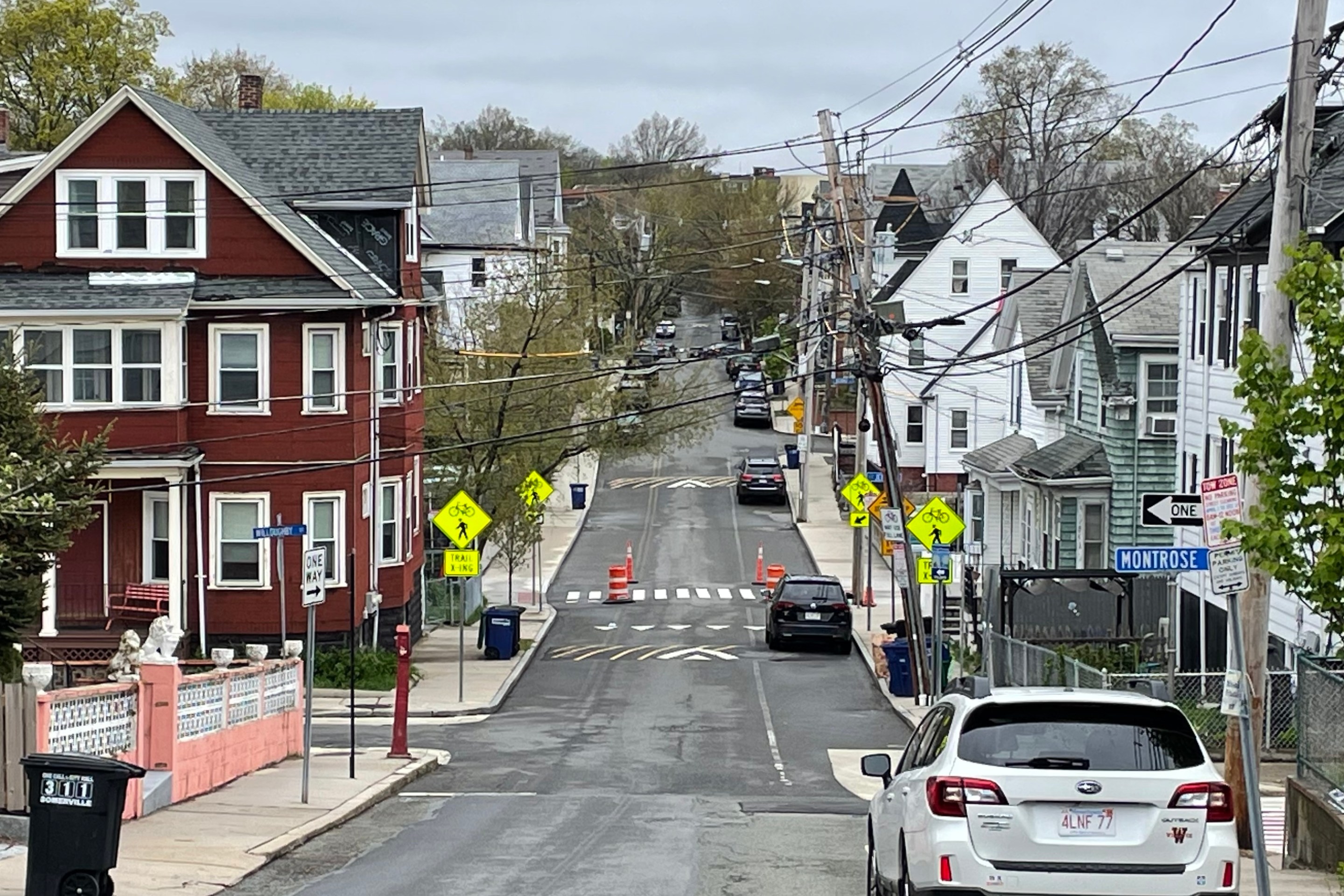Empty Spaces, Empty Promises Lie Beneath Downtown Boston’s Crummiest Sidewalks
11:06 AM EDT on November 4, 2022
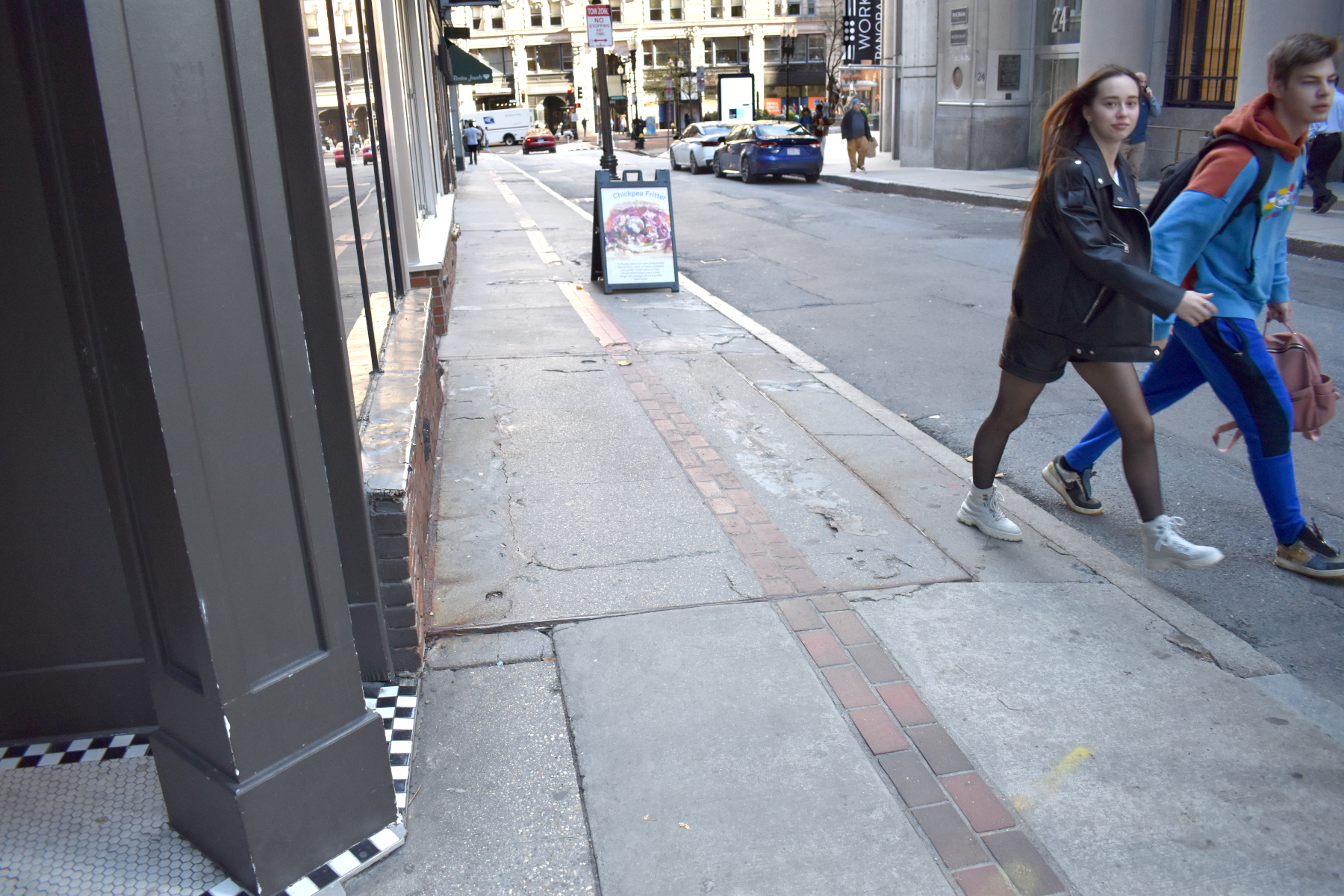
An “areaway” sidewalk along the Freedom Trail on School Street in downtown Boston.
The sidewalk on School Street in downtown Boston isn't just a sidewalk – it's also the roof for basements in the adjacent buildings.
This is what the city calls an "areaway," a place where the privately-owned basements of historic buildings jut out into the public right-of-way of city streets.
"It puts us in this liminal space that's both publicly and privately owned," says Maddie Webster, a program manager with the Mayor's Office of New Urban Mechanics. Webster is working on a project to inventory Boston's areaways and figure out how to repair them.
Areaways – sometimes known as vaulted sidewalks – are all over downtown Boston. Once you recognize a few clues, you'll start to see signs of them everywhere.
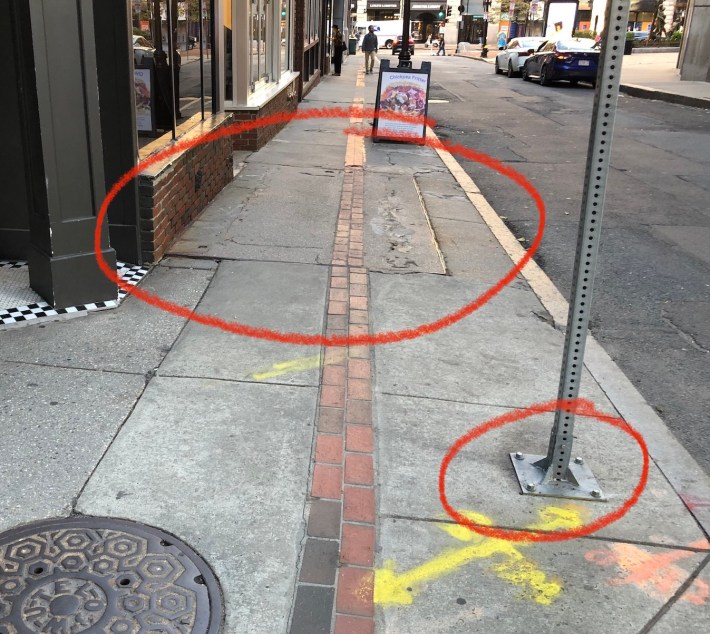
"A key indicator is a really crummy sidewalk next to an older building," Webster told us during a tour of areaways around downtown and Chinatown earlier this week.
Other telltale signs include access hatches, signs that warn of "hollow sidewalks" to prevent cars from driving on top of them and falling in, and street signs that are bolted onto the surface of the sidewalk, instead of being anchored deeper in the ground.
A city ordinance whose original version dates to October 19, 1863 states that "every owner of an estate hereafter maintaining any cellar, vault, coal hole or other excavation under the part of the street which is adjacent to, or part of, their estate shall do so only on condition that (they) keep the same and the covers thereof in good repair and condition at all times during their ownership."
In other words, says Webster, "if you own an areaway, you are then encroaching on the public right-of-way, and as a condition of that you have a responsibility to maintain the vault and its roof – meaning the sidewalk itself."
In practice, though, it's extremely difficult for the city to enforce that law.
Because most of downtown Boston's areaways date to the nineteenth century, some property owners are completely unaware that their basement might extend under the adjacent sidewalk – and might be even more oblivious about their responsibilities for fixing those sidewalks.
The ordinance also states that areaway owners will "indemnify and save harmless the City against any and all damages, costs, expenses or compensation which it may sustain or be required to pay, by reason of such excavation or structure being under or in the street, or being out of repair during his ownership."
That might make it sound as though it's not the city's problem if their street or sidewalk repairs damage somebody's areaway.
But the city also wants to avoid situations where sidewalk construction could put a 19th-century building at risk of collapsing into its own basement.
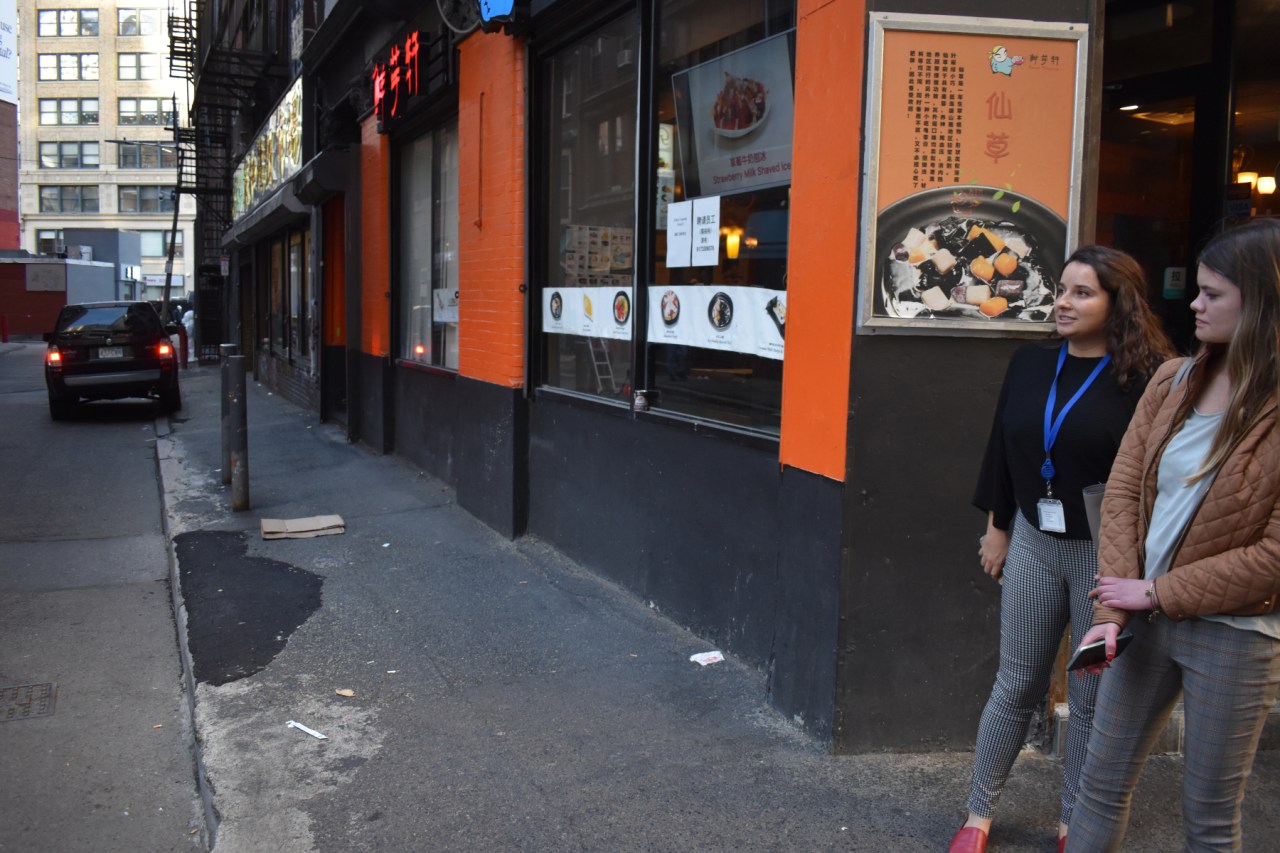
"Construction on an areaway generally means removing the sidewalk, and then you have a gaping hole over someone's basement," says Webster. "So projects that have actually fixed areaways are few and far between. They require expert engineering to design retaining walls and do this repair work."
And that's the challenge that Webster is working on with her colleagues at the Mayor's Office of New Urban Mechanics. Under a 2021 settlement of a class-action lawsuit, the City of Boston agreed to "install or upgrade an average of 1,630 curb ramps per year until a curb ramp that meets up-to-date federal disability access standards is present at every corner of the pedestrian right of way."
Areaways also prevent the city from planting trees in downtown neighborhoods, like Chinatown, where there's a dearth of shade and greenery.
Last week, Mayor Wu's administration released a new downtown revitalization plan, which recommended, among other things, improving the public realm along city streets and making downtown more inviting for foot traffic.
The plan recommended that the city form a working group that could "identify a systematic solution to reconstruct, fill, or otherwise address areaways' upkeep and safety... (and) simplify more extensive streetscape updates to ease accessibility and green infrastructure implementation."
Webster says that, because of the complexities involved in repairing them, downtown's areaways are likely to be among the last sidewalks in the city to be fixed under the city's ADA-accessible sidewalks agreement.
"If we don't figure out how to work with property owners on these, we have a big problem on our hands," she says.
Stay in touch
Sign up for our free newsletter
